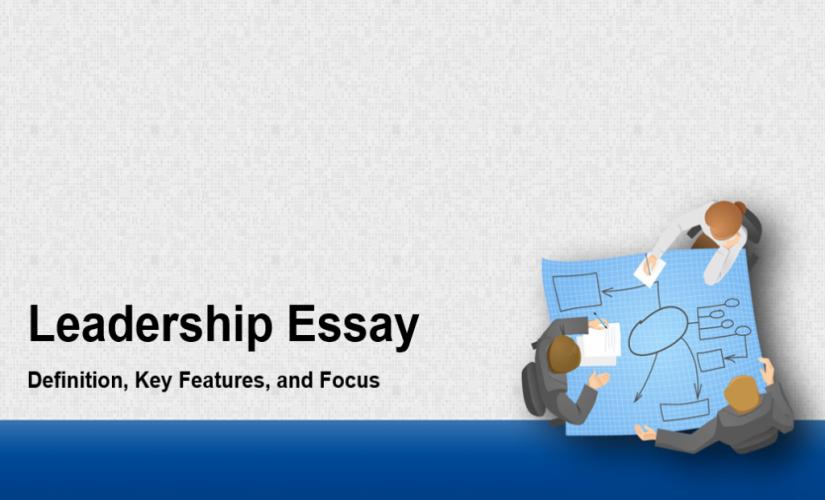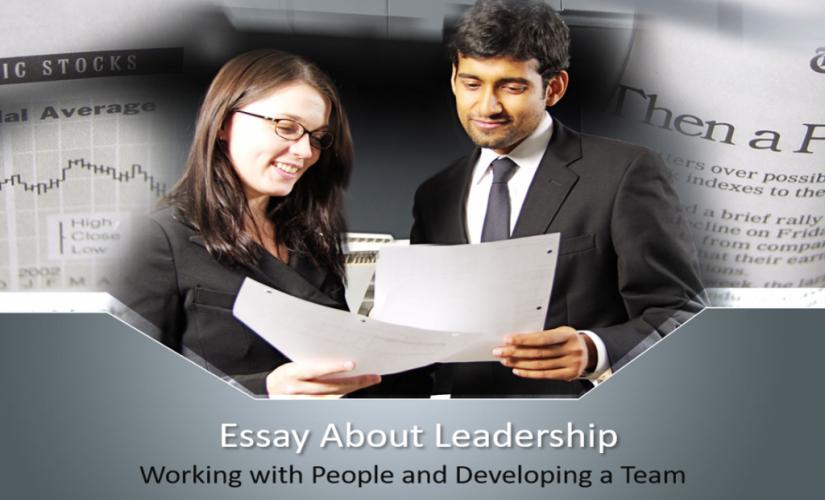People structure organizations to have specific positions at various levels. In this case, leaders have to propel all the organization’s members toward common goals that are vital to an entire realization of their vision. Basically, a leader’s mindset influences an overall efficacy of most forms of people-centric leadership styles despite an elusive nature of leadership’s definition. Hence, this leadership essay covers a basic definition of a concept, key aspects of organizing people, and human roles.
Definition of Leadership
A basic definition of leadership has multiple variations. For example, there are over 90 variables associated with a concept of leadership in its entirety (Curtin, 2022). Basically, it explains an underlying cause of different meanings to a single concept. Moreover, a reductionist approach in this leadership essay results in fragmented definitions, which intentionally advance particular variables. In this case, a wholesome definition of leadership is lacking despite intensive research efforts. Further on, an integrative definition uses several complex sentences to demonstrate an interrelation between many dimensions of leadership (Benmira & Agboola, 2021). Hence, an entire development of a complete definition of leadership is quite problematic. However, an integrative definition is the best alternative at the moment. Thus, a proposed integrative definition may continue to change as a concept of leadership is modified in contemporary society.

Styles of Organizing People in This Leadership Essay
Leaders may adopt different styles to realize a desired effect on their followers. Basically, it often aligns with key objectives of an organization. For example, there is much evidence supporting the superiority of people-centric leadership techniques (Ford et al., 2021). In this case, they are ideal for coping with changes and nurturing an innovative culture within an organization by considering the leadership essay. As such, people-centric leadership approaches prioritize the needs and contributions of each individual and a team as a whole, for instance, transformational and authentic styles. Further on, creativity plays a critical role in any leadership approach, enables leaders to respond to change quickly, encourages followers to develop new ideas, and provides a neutral environment that allows for risk-taking (Goldsby et al., 2021). In turn, people-centric leadership methods are most effective when implemented with creativity. Therefore, specific types of leadership techniques used within an organization are dependent on their suitability in leveraging a team’s diversity.
Focus of Leaders
A particular concept of leadership may appear focused on organization’s members. However, leaders themselves need to be ready to take on a principle role. For example, people in modern society face the same challenges as those that preceded them (Kouzes & Posner, 2023). In turn, the primary difference is the speed at which these changes are occurring. Moreover, a real change is happening faster and follows less predictable patterns, which results in volatile leadership challenges that require quick responses, covering a leadership essay. Basically, leaders’ mindsets define their ability to handle these chaotic situations (Beerel, 2021). In principle, a real success of a people-centered leadership style is contingent on a leader’s mindset. Therefore, leaders need to assess themselves continually and pursue personal growth to meet critical demands of their roles in an organization.
Summing Up on a Leadership Essay
Good leaders, leadership styles, and leaders’ mindsets are equally essential elements that contribute to an overall success of an organization, as discussed in a leadership essay. Basically, researchers and scholars have not yet developed a fully comprehensive definition of leadership. Nonetheless, people-centric leadership styles have proven to be quite useful if leaders implementing modern techniques have an ideal mindset. Thus, leadership is at the core of any prosperous organization, as covered in this leadership essay.
References
Beerel, A. C. (2021). Rethinking leadership: A critique of contemporary theories. Routledge Taylor & Francis Group.
Benmira, S., & Agboola, M. (2021). Evolution of leadership theory. BMJ Leader, 5(1), 3–5. https://doi.org/10.1136/leader-2020-000296
Curtin, J. L. (2022). Leadership: 700 definitions and ways to lead. Archway Publishing.
Ford, J., Ford, L., & Polin, B. (2021). Leadership in the implementation of change: Functions, sources, and requisite variety. Journal of Change Management, 21(1), 87–119. https://doi.org/10.1080/14697017.2021.1861697
Goldsby, M. G., Goldsby, E. A., Neck, C. B., Neck, C. P., & Mathews, R. (2021). Self-leadership: A four decade review of the literature and trainings. Administrative Sciences, 11(1), 1–21. https://doi.org/10.3390/admsci11010025
Kouzes, J. M., & Posner, B. Z. (2023). The leadership challenge workbook. John Wiley & Sons, Inc.


